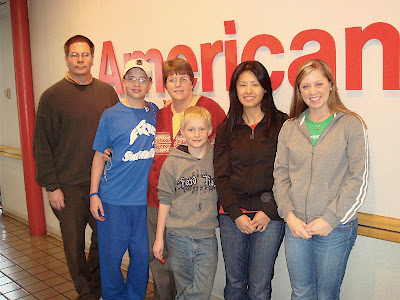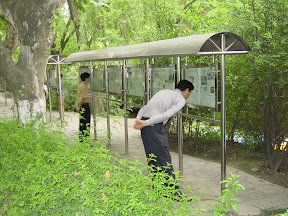City: Nonprofits pay fraction of tax rate of what their taxes would be Large, cash-rich universities and hospitals are paying the city of Pittsburgh small fractions of what they would if they were taxable institutions, acting city Controller Tony Pokora said in releasing an audit yesterday.Tony wants to tax the Cathedral of Learning. Tony is barking up the wrong tree.
Mr. Pokora looked at the property owned by eight institutions of higher learning and 14 health-care concerns, in an effort to find out what they would be paying in taxes if they weren't exempt. Some are members of a group called the Pittsburgh Public Service Fund that channels voluntary contributions to the city, but has not agreed to do so beyond this year.
When I'm in charge, I'll change the tune.
First, how much space is owned by nonprofits. I want to know the square foot space. Value doesn't matter. Value changes. Let's inventory the nonprofit space and make a list of the parcels and total the size of each.
What is the nonprofit footprint of space in Pittsburgh and in each municipality of Allegheny County.
With this research, we'll also begin to get a handle upon how much space and how many spaces are owned by governmental agencies. The city, the county, the URA, the Parking Authority, the Stadium Authority (they still are paying on Three Rivers Stadium I think) and others have lots and lots of space.
Then the mission would be to greatly reduce the governmental ownership of land throughout the city and the county.
Furthermore, at the same time, a moratorium on nonprofit land expansion must be put into place for the city and the county.
UPMC should be able to grow all it wants -- if the growth is upward on land it or another nonprofit already owns.
Lots of nonprofit space in the city and county are used poorly. That's the big crime. That is what needs to change. The nonprofit sector has been taking more and more space, year to year.
Pokora doesn't get it. He needs to clean up from within -- and look at the city's holdings first and foremost. Then he can look at the bigger trends of nonprofit expansion.























